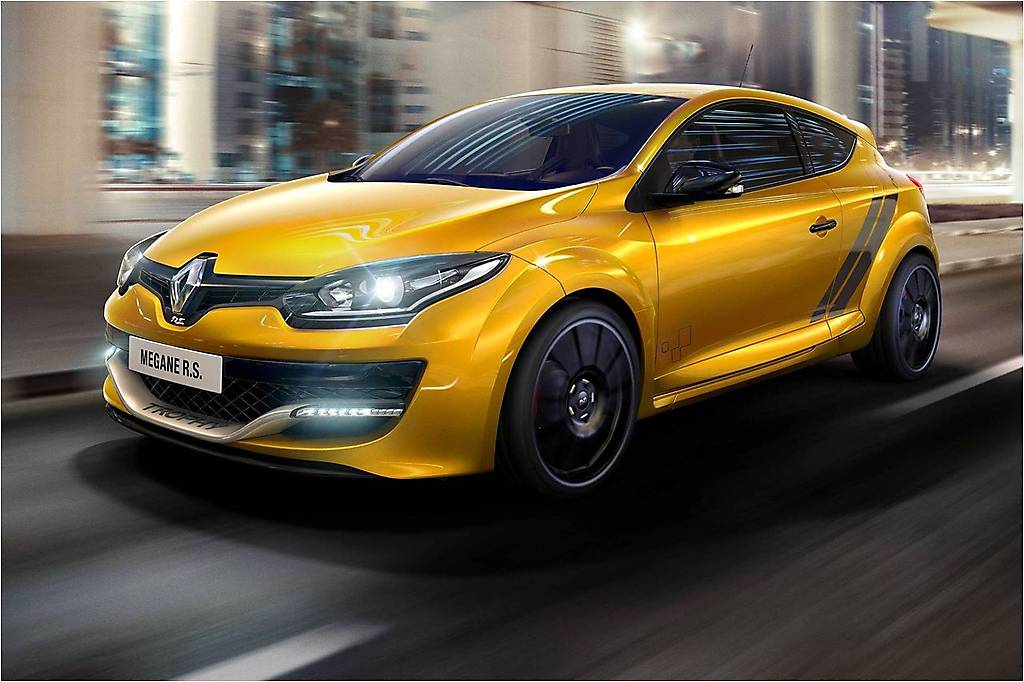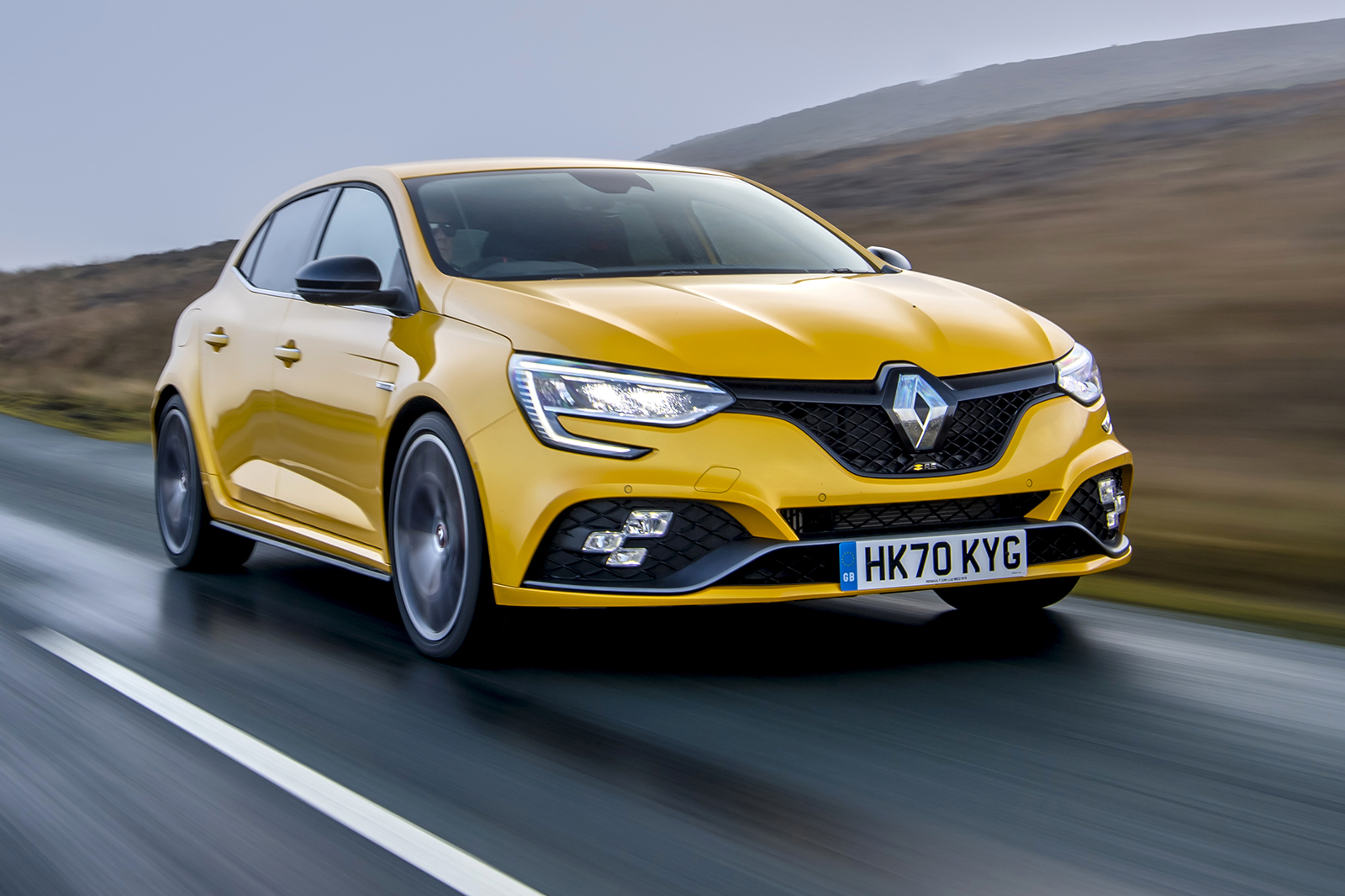

Unlike previous Renault Sport models, which were never less than raw, the Mégane 280 is an accomplished cruiser.ĭespite the lack of adaptive damping, the Mégane proves remarkably adept at reacting appropriately to different situations. The rear-steer system works its invisible magic, sharpening low-speed turn-in but also improving high-speed stability. There is strong self-centering and a solid weight, although limited feedback reaches the leather-and-microfiber-wrapped steering wheel. The steering is direct and quick, spinning through just 2.2 turns lock to lock.

will take directional advice from the throttle without feeling twitchy or ragged. The chassis sticks hard, and adhesion levels are well balanced front to rear. impressive resistance to power-on understeer for a front-wheel-drive car. Under higher cornering loads the limited-slip differential starts to help out, giving the R.S. The steering can be felt twitching as torque searches for grip across the front axle, but the car sticks to a chosen line. The primary chassis tuning is soft for a car of this type, and the clever front knuckle means that even on rough surfaces there is no sense of torque steer under hard acceleration. Unlike many high-output front-drivers, there is little sense of the Renault having to fight for traction. delivers speed with an appropriately French level of insouciance. Yet there's no doubting the effectiveness of the overall package, and the R.S. The Renault's throttle response isn't the sharpest either, with some low-down lag and the sense that messages take a beat to travel between the accelerator pedal and the engine's brain. pulls hard to its 6250-rpm limiter but in a workmanlike manner and without the savage enthusiasm of the Civic Type R's boosted 2.0-liter. It is effective-we estimate a zero-to-60-mph time of 5.5 seconds-but the new engine doesn't have an abundance of character.

It has a higher output here than in the A110, a respectable 275 horsepower and 288 lb-ft of torque. used a turbocharged 2.0-liter inline-four, but this one switches to a smaller and more advanced 1.8-liter unit. It also had the optional Cup pack, which brings a limited-slip differential and firmer suspension settings.
#Renault megane rs trophy manual#
A six-speed manual gearbox is standard, with a six-speed dual-clutch automatic offered as an option. The dampers are passive rather than adaptive, but they incorporate hydraulic bump stops that use fluid rather than conventional rubber to help control responses at the limits of travel. Ford Focus ST) to better separate steering and suspension functions. At the front, the regular Mégane's struts have been given new PerfoHub knuckles (similar in principle to the RevoKnuckle of the old, non-U.S. That brings a relatively unsophisticated torsion-beam rear suspension, but Renault has added a rear-steering system to sharpen responses. The Mégane sits on Renault-Nissan's Common Module Family (CMF) architecture, meaning it's (distantly) related to the Rogue and Rogue Sport crossovers.


 0 kommentar(er)
0 kommentar(er)
